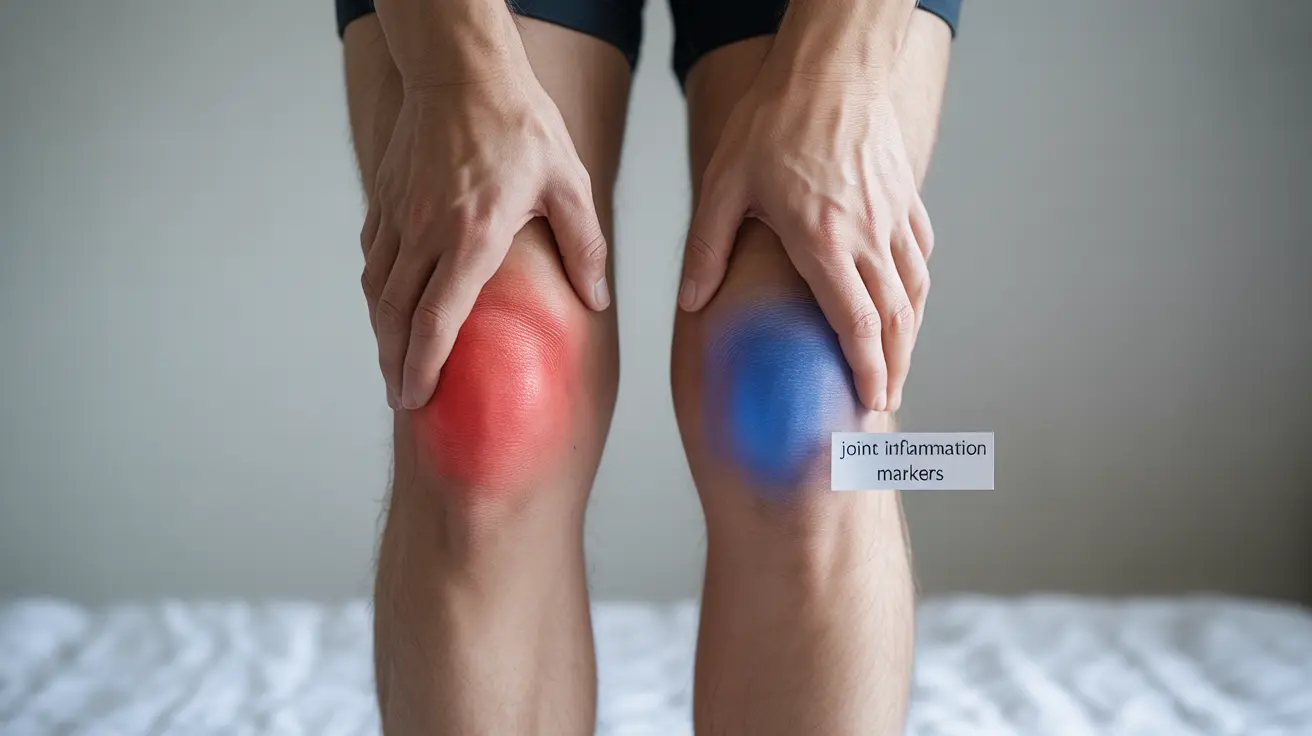Undifferentiated Connective Tissue Disease (UCTD) is a complex autoimmune condition that can present with various symptoms affecting multiple body systems. Understanding these symptoms is crucial for early detection and proper management of the condition.
While UCTD shares characteristics with other autoimmune disorders like lupus and rheumatoid arthritis, it has its own distinct pattern of symptoms and progression. This comprehensive guide will help you understand the key aspects of UCTD, from recognizing early warning signs to exploring treatment options.
Common Symptoms of UCTD
UCTD typically manifests through a range of symptoms that can vary in intensity and combination among different individuals:
Joint and Muscle Symptoms
- Joint pain and swelling, particularly in hands and knees
- Morning stiffness lasting more than an hour
- Muscle weakness and tenderness
- General fatigue and reduced energy levels
Skin and Mucosal Symptoms
- Raynaud's phenomenon (fingers turning white or blue in cold)
- Skin rashes, particularly after sun exposure
- Dry eyes and mouth
- Hair loss in some cases
Constitutional Symptoms
- Low-grade fever
- Unexplained weight changes
- General malaise
- Difficulty concentrating
Diagnosis Process
Diagnosing UCTD requires a comprehensive medical evaluation and several specific tests:
Physical Examination
Your healthcare provider will conduct a thorough physical examination, paying special attention to your joints, skin, and other commonly affected areas. They will also review your complete medical history and symptom patterns.
Laboratory Tests
- Antinuclear antibody (ANA) test
- Complete blood count
- Inflammatory markers
- Specific autoantibody panels
Treatment Approaches
Managing UCTD typically involves a multi-faceted treatment plan tailored to individual symptoms and severity:
Medication Options
- Nonsteroidal anti-inflammatory drugs (NSAIDs)
- Antimalarial medications
- Low-dose corticosteroids
- Immunosuppressive drugs in some cases
Lifestyle Modifications
- Regular exercise and physical therapy
- Sun protection
- Stress management techniques
- Balanced nutrition and adequate rest
Risk Factors and Prevention
While UCTD cannot be prevented entirely, understanding risk factors can help with early intervention:
Common Risk Factors
- Female gender (more common in women)
- Age (typically develops between 15-45 years)
- Family history of autoimmune disorders
- Environmental factors
Frequently Asked Questions
What are the most common symptoms of undifferentiated connective tissue disease (UCTD)?
The most common symptoms include joint pain, muscle weakness, fatigue, Raynaud's phenomenon, skin rashes, and dry eyes or mouth. These symptoms can vary in severity and combination among different individuals.
How is undifferentiated connective tissue disease diagnosed, and what tests are needed?
UCTD is diagnosed through a combination of physical examination, medical history review, and laboratory tests. Key tests include ANA testing, complete blood count, inflammatory markers, and specific autoantibody panels.
What treatment options are available for managing UCTD symptoms?
Treatment options include NSAIDs, antimalarial medications, corticosteroids, and immunosuppressive drugs. Lifestyle modifications such as exercise, sun protection, and stress management are also important components of treatment.
Can undifferentiated connective tissue disease turn into lupus or rheumatoid arthritis over time?
Yes, some cases of UCTD can evolve into more defined autoimmune conditions like lupus or rheumatoid arthritis. However, many patients maintain an undifferentiated form and can be effectively managed with appropriate treatment.
Who is most at risk for developing undifferentiated connective tissue disease, and are there ways to prevent it?
Women between 15-45 years of age are at higher risk, especially those with a family history of autoimmune disorders. While UCTD cannot be prevented, maintaining a healthy lifestyle and avoiding triggers can help manage symptoms.




